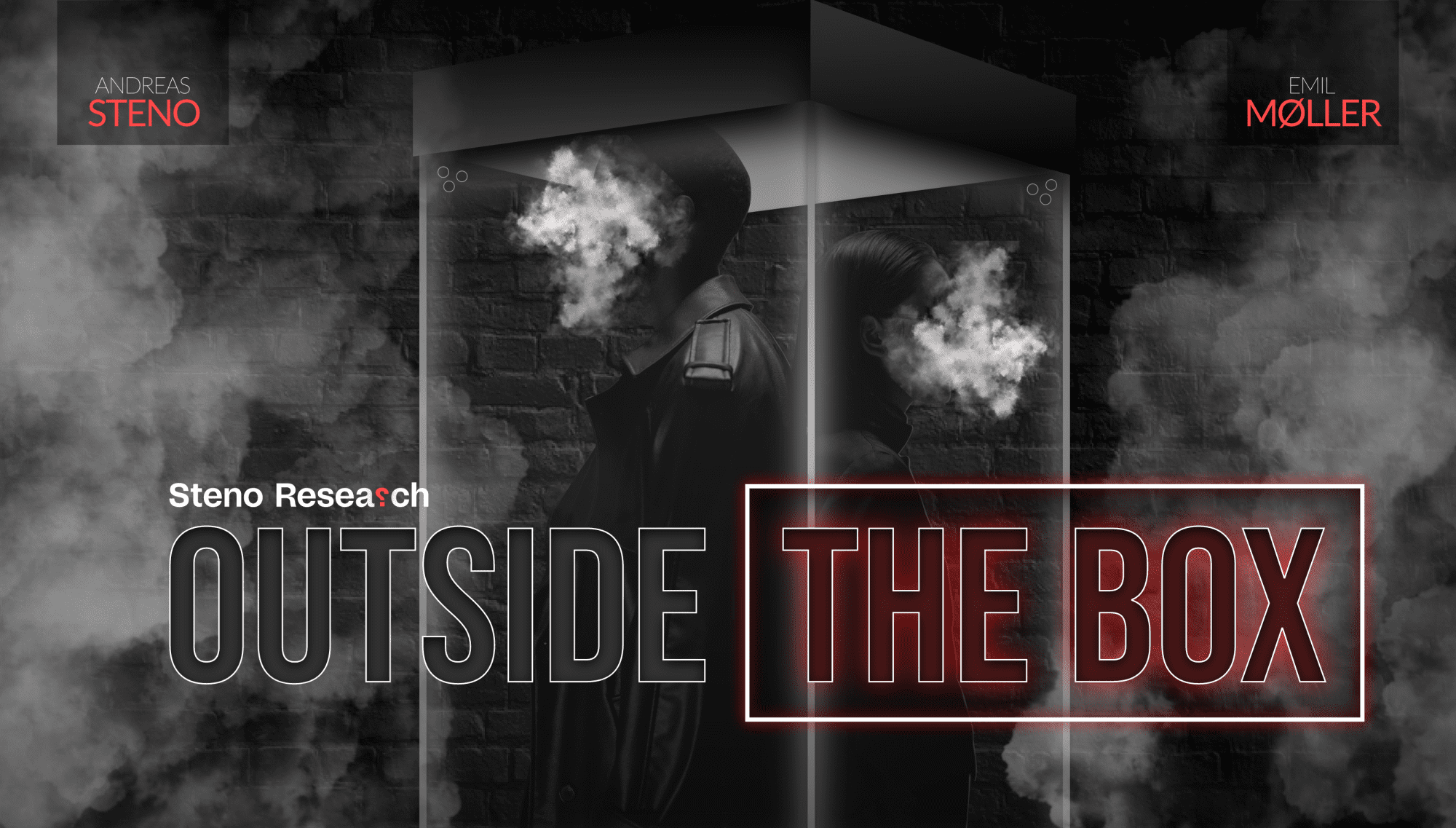Out of the box #4 – Banks will have to buy MORE bonds when the dust settles

In our “out of the box” series, we aim at being ahead of the current consensus narrative and think of the next theme that could drive action before anyone else has given it any noteworthy attention.
In this edition, we will elaborate on why the post-mortem assessment of the liquidity/solidity regulation implemented post 2008/2009 will lead to INCREASED bond buying by banks once the dust settles. Here is why..
Conclusions up front:
– Reported LCR ratios have already proven to be hot air due to flawed assumptions underlying them
– Banks will have to be punished to a larger extent for holding corporate deposits relative to household deposits
– Consequently, banks will have to increase buffers of cash equivalents (bonds) at a time when true cash (central bank reserves) dwindle
Why the liquidity coverage ratio has proven to be based on flawed assumptions..
After the GFC, the Basel Committee on Banking Supervision implemented the Liquidity Coverage Ratio (LCR) as a part of the apparatus to safeguard banks from future crises, and politicians and bureaucrats in Europe have not been late to highlight the harsh implementation of these rules as the reason why the Eurozone is yet to see banking stress to the extent seen in the US.
The LCR framework is yet to pass a true litmus test in Europe and we find that the jury is still out given the lagged effects of already implemented monetary policy tightening in the Euro area.
The LCR regulation has two major pillars:
1) Total Net Cash Outflows (TNCO): This represents the expected net cash outflows over the 30-day stressed period. It takes into account both expected cash outflows, such as withdrawals by customers and counterparties, as well as expected cash inflows, such as collateral received.
2) High-Quality Liquid Assets (HQLA): These are assets held to cover the outflows and are considered highly liquid and low-risk. They typically include cash, central bank reserves, and high-quality government and corporate bonds.
So why do we already now feel confident concluding that both the TNCO and the HQLA are based on flawed assumptions? Because, we have sufficient evidence of saying so, which is ultimately likely to lead to a reassessment of the model assumptions going forward.
Learn more with a FREE 14-day trial here.
When the dust settles on this deposit crisis, banks will have to buy more bonds as financial authorities are likely to tighten LCR rules and ask banks to re-calibrate modeled outflows from corporate deposits. Lower for longer in core rates, while Italy is at risk?


0 Comments